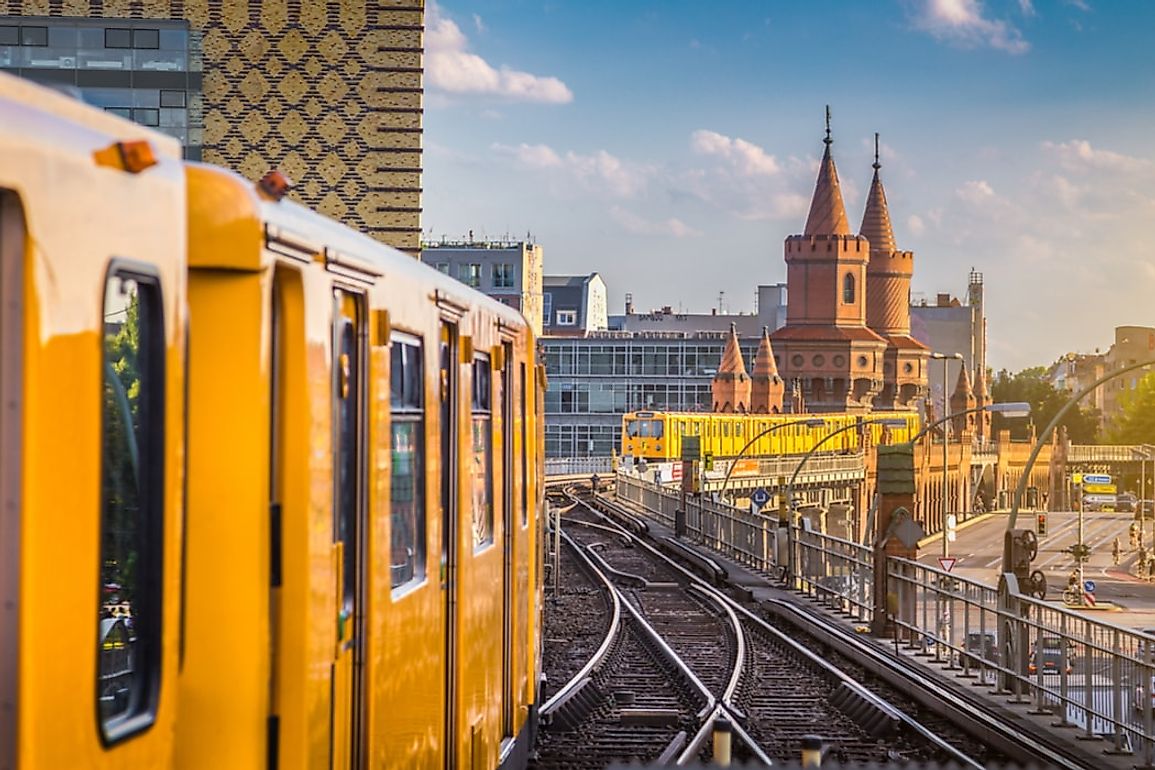Transportation is an essential aspect of modern life, facilitating the movement of people and goods across vast distances. However, it also comes with inherent risks. Understanding which modes of transportation are the most dangerous can help inform policy decisions, improve safety measures, and ultimately save lives. In this article, we will delve into the statistics surrounding various transportation methods, analyze the factors contributing to fatalities, and explore potential solutions to mitigate these risks.
The Statistics: A Comparative Overview
When assessing the deadliest modes of transportation, it is crucial to consider various metrics, including fatalities per mile traveled, fatalities per passenger mile, and overall death tolls. According to data from the National Safety Council (NSC) and the World Health Organization (WHO), the following transportation methods rank among the most dangerous:
- Motor Vehicles: Car accidents remain the leading cause of transportation-related deaths globally. In the United States alone, approximately 38,000 people die in car crashes each year. Factors contributing to these fatalities include distracted driving, speeding, driving under the influence, and inadequate road infrastructure.
- Motorcycles: Motorcyclists face a significantly higher risk of fatality compared to car occupants. The National Highway Traffic Safety Administration (NHTSA) reports that motorcyclists are 29 times more likely to die in a crash than passenger vehicle occupants. The lack of protective barriers and the exposure to the elements contribute to this alarming statistic.
- Pedestrian and Cyclist Incidents: As urban areas become more congested, the number of pedestrian and cyclist fatalities has risen. In 2020, the NHTSA reported over 6,500 pedestrian deaths in the U.S. alone. Factors such as poor urban planning, inadequate crosswalks, and distracted driving play significant roles in these tragedies.
- Aviation: While commercial air travel is statistically one of the safest modes of transportation, general aviation (private planes and helicopters) presents a higher risk. According to the National Transportation Safety Board (NTSB), general aviation accidents account for a significant portion of aviation fatalities, often due to pilot error, mechanical failure, or adverse weather conditions.
- Public Transportation: Buses and trains are generally safer than personal vehicles, but accidents do occur. The risk of fatality in public transportation is relatively low, but incidents such as derailments, bus collisions, and accidents involving pedestrians can lead to tragic outcomes.
Factors Contributing to Transportation Fatalities
Understanding the underlying causes of transportation-related deaths is essential for developing effective prevention strategies. Several factors contribute to the high fatality rates in various modes of transportation:
- Human Behavior: Distracted driving, substance abuse, and reckless behavior are significant contributors to accidents. Education and awareness campaigns can help mitigate these risks.
- Infrastructure: Poorly designed roads, inadequate signage, and lack of pedestrian facilities can increase the likelihood of accidents. Investing in infrastructure improvements can enhance safety for all road users.
- Vehicle Safety: The design and safety features of vehicles play a crucial role in protecting occupants during a crash. Advancements in technology, such as automatic braking systems and collision avoidance features, can significantly reduce fatalities.
- Regulatory Oversight: Effective regulation and enforcement of traffic laws are vital for ensuring safety. Stricter penalties for violations, such as speeding and driving under the influence, can deter dangerous behavior.
Solutions and Recommendations
To address the alarming rates of transportation-related fatalities, a multi-faceted approach is necessary. Here are some recommendations:
- Enhanced Education and Awareness: Public campaigns focused on safe driving practices, the dangers of distracted driving, and the importance of wearing helmets for motorcyclists and cyclists can help change behavior.
- Investment in Infrastructure: Governments should prioritize funding for road improvements, including better signage, pedestrian crossings, and dedicated bike lanes to enhance safety for all users.
- Vehicle Safety Regulations: Stricter regulations on vehicle safety standards can ensure that all vehicles on the road are equipped with the latest safety features.
- Data-Driven Policies: Utilizing data analytics to identify high-risk areas and demographics can help tailor interventions and allocate resources more effectively.
- Community Engagement: Involving local communities in safety initiatives can foster a culture of responsibility and awareness, leading to safer transportation practices.
Conclusion
While transportation is an integral part of our daily lives, it is essential to recognize the risks associated with various modes. By understanding which transportation methods cause the most deaths and the factors contributing to these fatalities, we can implement targeted strategies to enhance safety. Through education, infrastructure improvements, and regulatory oversight, we can work towards a future where transportation is not only efficient but also safe for everyone.


